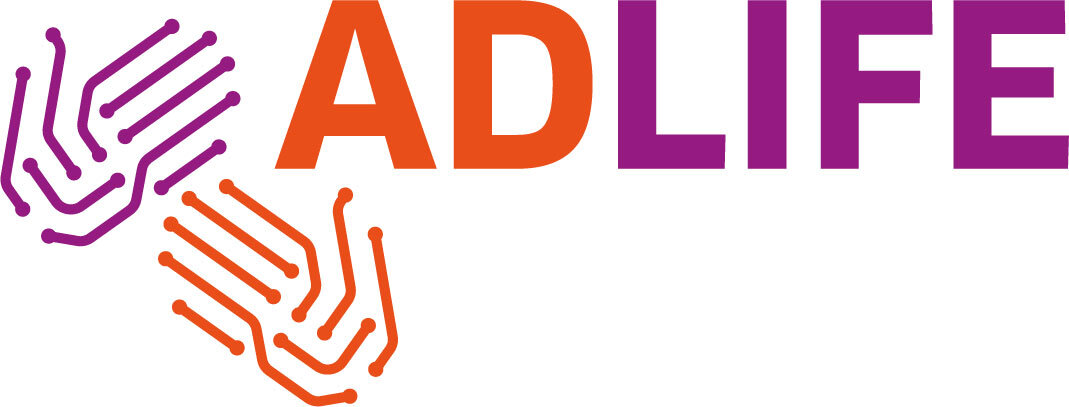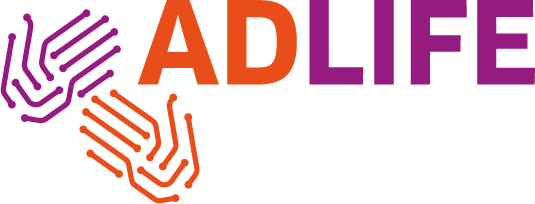ADLIFE Q&A
Mohammed Omar Khan
Lead Software Engineer, Institute of Digital Healthcare (IDH), Warwick Manufacturing Group (WMG), University of Warwick
Tell us about your background and current role…..
My background is in Biomedical and Software Engineering, I am currently Lead Software Engineer in the Institute of Digital Healthcare at the University of Warwick, managing the Software Engineering team here. In the ADLIFE project, I lead WP3 focussed on the design and development of the software components.
Why did you want to be involved in the ADLIFE project?
My main research interest is in interoperability of software systems in healthcare and the ADLIFE project presents a number of possible innovations in this space, from the Technical and Semantic Interoperability Suites for querying EHRs and mapping their data on common data model and set of terminologies, to the CDS services, which need to use standardised languages and syntax to model guidelines in a computer interpretable form.
Tell us about your role in ADLIFE….
I led defining the design of the complete ADLIFE solution, including the definition of all the system’s subcomponents and interfaces between components. Currently, I lead development of the interoperability tools in ADLIFE, making sure we have the appropriate information from pilot sites in order to build the interfaces. I also lead on defining the server architecture needed to host the ADLIFE system at pilot sites and work closely with pilot site IT teams to get this set up and accessible for technical partners on the project. Finally, I am working on formalising the clinical guideline workflows assigned to Warwick so they can be developed into a set of executable rules.
What most excites you about working on ADLIFE and with the Consortium?
The diverse background and expertise of each of the partners on the ADLIFE consortium makes the project very exciting to work on. I have learnt much from both other technical partners working on different components and clinical staff involved in assessing clinical guidelines and how these should be implemented in practice. The varied geographic locations of the pilot sites and technical partners presents a challenge but also makes on a solution which fits everyone’s needs very fulfilling.
Finally, tell us something about you that people may not know…..?
I am doing a part-time PhD alongside my work, looking at using Virtual Reality for movement rehabilitation. This involves presenting a virtual avatar to patients undergoing exercise rehabilitation and assessing their movement in relation to the exercise presented by the avatar, using a Motion Capture system. Within the project we are assessing the effects of Virtual Reality, presented within a Head Mounted Display, on a patient’s ability to follow the leader.


